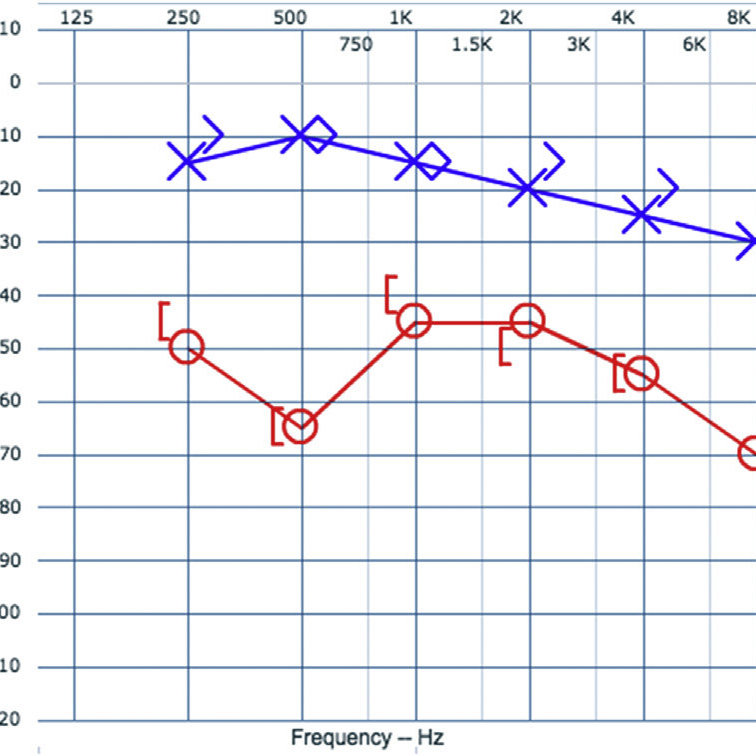Testing and Diagnostics
Types of Exams We Perform

Otoscopic Exam
- Cerumen (Earwax) – Too much earwax can block the sound entering the ear. Some cerumen is normal – we make sure your ear canals are clear and that earwax will not interfere with testing.
- Ear Canal Health – We want to ensure that there are no growths, cysts, signs of external infections, or other skin conditions. Believe it or not, foreign objects occasionally get stuck in your ear canal and obstruct the sound.
- Eardrum (Tympanic Membrane) – Your tympanic membrane, TM, or eardrum, is an important component to your hearing. The appearance of your TMs can indicate possible medical problems of the middle ear. We look for signs of infection, perforations, retractions, and more.
- Appearance of Ear – Our specialists will look for deformities, growths, skin tags, and possible abnormalities of the outer ear, ear lobe, and surrounding area.

Audiometric Test
- Air Conduction Tests – Using specialized headphones, we play tones at various frequencies across the spectrum and have you respond when you hear them.
- Bone Conduction Tests – Using a small device called a bone oscillator behind your ear, we can directly stimulate the nerves of the inner ear and determine possible blockages or mechanical issues in the middle or outer ear area.
- Speech Testing – Using speech at various volume levels, we have the ability to test your level of understanding (speech discrimination).
- Uncomfortable Levels – Testing your UCLs, or Uncomfortable Loudness Levels, helps us evaluate your dynamic range of hearing and understand which sounds are too loud for you.
Consultation and Review

Audiogram Review
We will plot the results on chart and also explain what they mean, how they relate to your hearing problem, and how they compare to normal hearing.

Medical Review
If any red flags come up during the testing, our specialists may refer you to an appropriate medical practitioner, and can coordinate care with your Primary Care Physician.

Hearing Needs
If hearing instruments are indicated, we will recommend solutions that fit your unique lifestyle, hearing loss and budget. If appropriate, we will also discuss ways to best protect your ears from damaging sounds. A Hearing Instrument Fitting appointment may be scheduled.
Hearing Instrument Evaluation
We evaluate which devices are most appropriate for your hearing loss, ear canal size/shape/acoustics, and to allow you to test hearing aids to better understand the types/differences.

